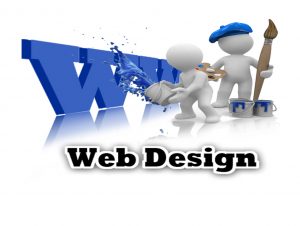
Well, to soothe your brain muscles, lessen the wrinkling of your forehead and the frequency of troubled sleep, here are some web site technologies that you can bank on to effectively promote your business or company to your advantage.
Client Side and Servers Side are the two kinds of technologies used in web sites. Client Side means that the processing of the technology is done in the web browser. Server Side, on the other hand, is done by the web server.
Client Side technologies use HTML, XHTML and CSS in creating fabulous web sites which are similar to most of the sites you are enjoying now.
HTML is short for Hyper Text Markup Language. A series of ‘tags’ is used in designing through HTML. This technology is used by labeling text so that the computer can understand what it means and what it wants. To accentuate a word, say to make the phrase ‘World Wide Web’ bold, the right tag is – World Wide Web. The result of which is this – World Wide Web. In order to come up with a whole site, series of apt tags is a requisite.
HTML was created by Tim-Berners-Lee in the year 1990. Lee’s creation was acknowledged by the W3C or the World Wide Web Consortium.
After HTML came XHTML. The latter is short for eXtended Hyper Text Markup Language. Experts in web design services are predicting that XHTML will constitute a big part of the World Wide Web’s future. The project of the W3C called “The Semantic Web” will be using more of XHTML as well as other latest technologies. This will bring about further modern anticipated changes.
CSS is another essential web technology. Cascading Style Sheets or CSS was created by W3C. It is one of the most user-friendly technologies that show what the text is and how it should be displayed in the page. It directs designers on how to control documents and present them visually in different mediums. This is an example of how to use it – font-family:Arial, sans-serif. This is used to make the web browser use Arial font. If Arial is not available, then the default will be sans-serif font.
To have a clearer grasp about web technologies such as HTML, XHTML and CSS, you can subscribe to online tutorials. If not, read some of the articles related to them. Make your web site design services functional and dynamic.
